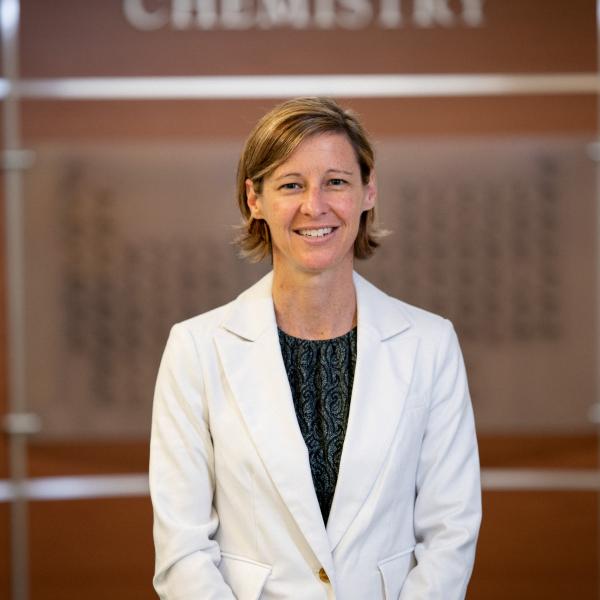Nucleic acids are exquisitely adept at molecular recognition and self-assembly, enabling them to direct numerous key processes that make life possible. These capabilities have been fine-tuned by billions of years of evolution and have been harnessed in the laboratory to enable the use of DNA and RNA for applications beyond their canonical biological roles. The common thread that is woven throughout the research projects in the Heemstra Lab is the utilization of nucleic acid molecular recognition and self-assembly to generate functional architectures for biosensing and bioimaging.
Small Molecule Detection and Sequestration
Nucleic acid aptamers offer a promising alternative to antibodies for a wide range of biosensing applications. We have demonstrated the use of a split aptamer to transduce a small molecule signal into the output of a DNA ligation event. If present in solution, the target molecule directs assembly of the split aptamer, bringing DNA-appended reactive groups into close proximity and thus promoting a chemical ligation. We have demonstrated that this enables the sensitive and selective detection of drug molecules in an enzyme-linked format, which is the current gold standard in clinical diagnostics. We have also addressed an overarching challenge in this field – the dearth of split aptamer recognition elements – by developing a reliable method for the engineering of aptamers into split aptamers.
Moving beyond detection to characterization, we seek to address the challenging task of measuring small molecule enantiopurity, as this is a key factor in the synthesis of pharmaceutical intermediates and other high-value chemicals. Enantiopurity can be measured by chiral chromatographic methods, but this process is limited to a few thousand samples per day. Utilizing the principle of reciprocal chiral substrate selectivity, we have generated enantiomeric DNA biosensors capable of measuring small molecule enantiopurity with a direct fluorescence output, which provides significantly increased throughput. We envision application of this method to optimize stereoselectivity in reactions using either chemical or biological catalysts.

Post-Transcriptional Modification
In Nature, information typically flows from DNA to RNA to protein, telling the cell what to do, where to do it, and how often. RNA serves as the “messenger” of this information, and its location in the cell is pivotal to cellular function. As such, being able to track RNAs in real time while they move around in the cell would be incredibly valuable in elucidating the interworking of protein translation and cellular behavior. We are also now learning that RNA can be chemically modified and “edited” after transcription, adding another complex layer of information and eliciting profound changes in overall cellular function. Given the importance of RNA localization and editing, we're interested in developing new chemical and biological tools to track RNA in living cells. We’re also creating new methods to study RNA editing and even insert these changes in new locations for synthetic biology and genetic engineering applications. To achieve these goals, we employ a combination of organic synthesis, molecular biology, and directed evolution methods to engineer new nucleic acid and protein tools, and we evaluate these constructs in a variety of chemical, biological, and cellular assays for in vitro and in vivo applications.

Unnatural Nucleic Acids
Peptide nucleic acid (PNA) is a nucleic acid analog in which the phosphodiester backbone is replaced with a peptide-like aminoethylglycine unit. PNA shows great potential for use in vivo due to its higher affinity and selectivity for native nucleic acids as well as its increased resistance to degradation by nucleases and proteases. In order to expand the role of PNA in these applications, we have investigated the impact of backbone modification on binding with DNA and RNA. We are also exploring the ability of PNA funcitonalization to drive self-assembly into micellar architectures capable of acting as programmable materials.
Threose Nucleic Acids (TNA) are variants of naturally-occurring nucleic acids that differ in the lengths and connectivity of the sugar-phosphate backbone. TNA is capable of undergoing transcription, reverse-transcription and participating in Watson-Crick base pairing while providing increased resistance to nuclease degradation. The unique properties of TNA allow for its use as an alternative genetic information system and as a nuclease resistant biopolymer capable of adopting secondary structure. In our research, we have examined the transcription of modified TNA bases from DNA templates and have investigated the fundamental properties that influence TNA-DNA hybridization. In addition, we have employed a directed evolution strategy to select for a high-affinity, nuclease-resistant TNA aptamer capable of binding small molecule toxins.



